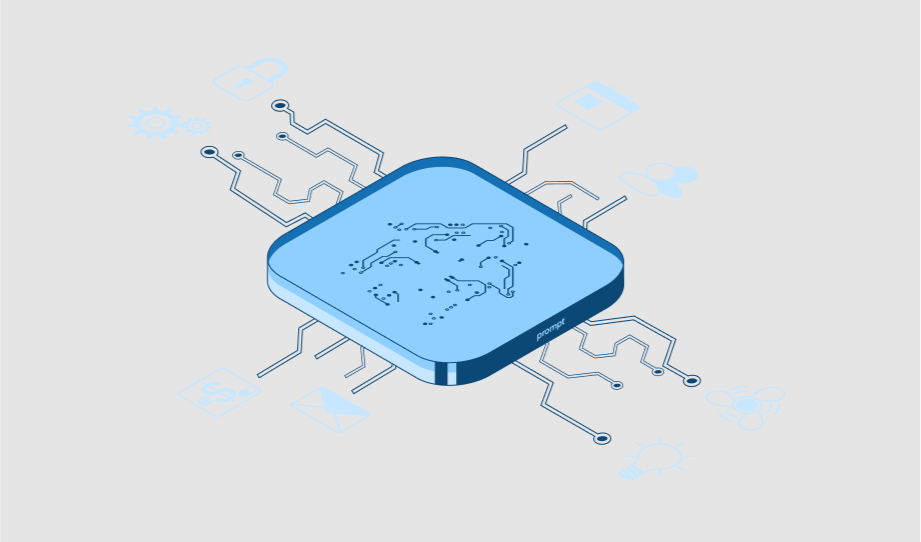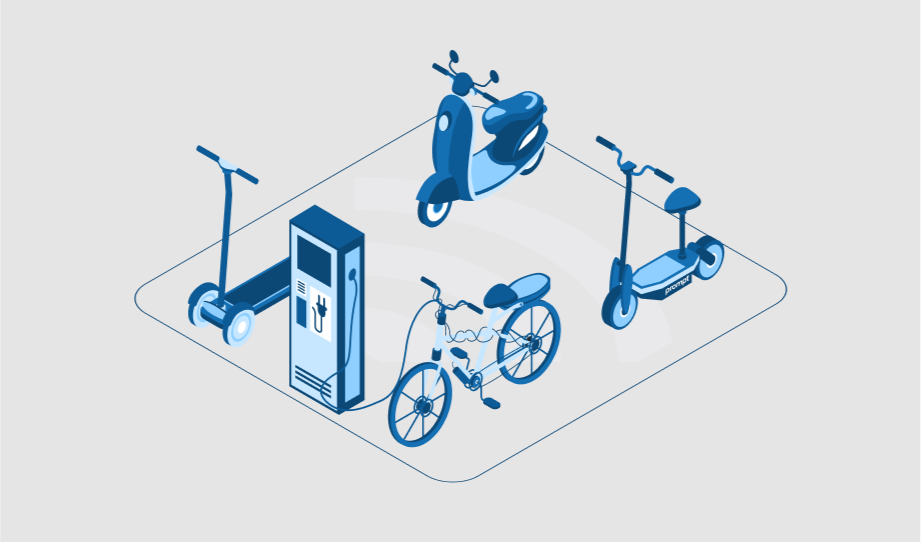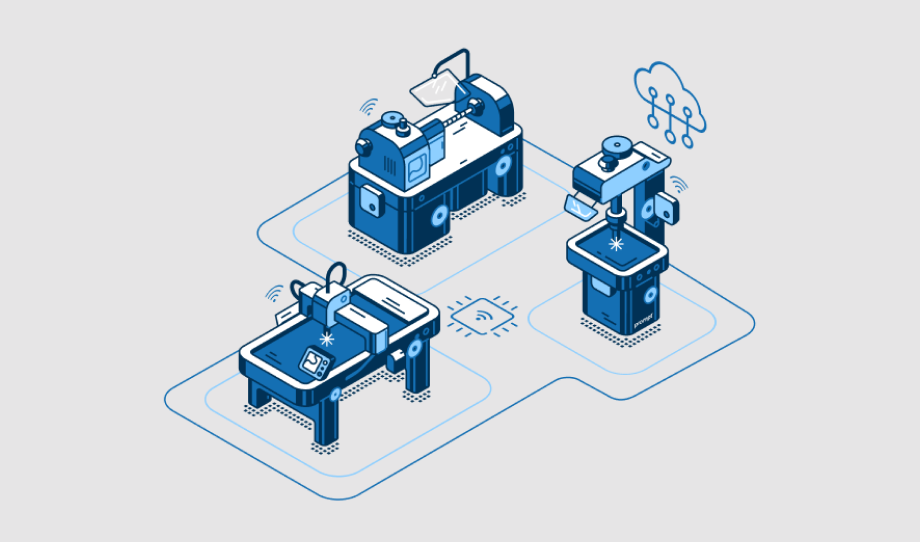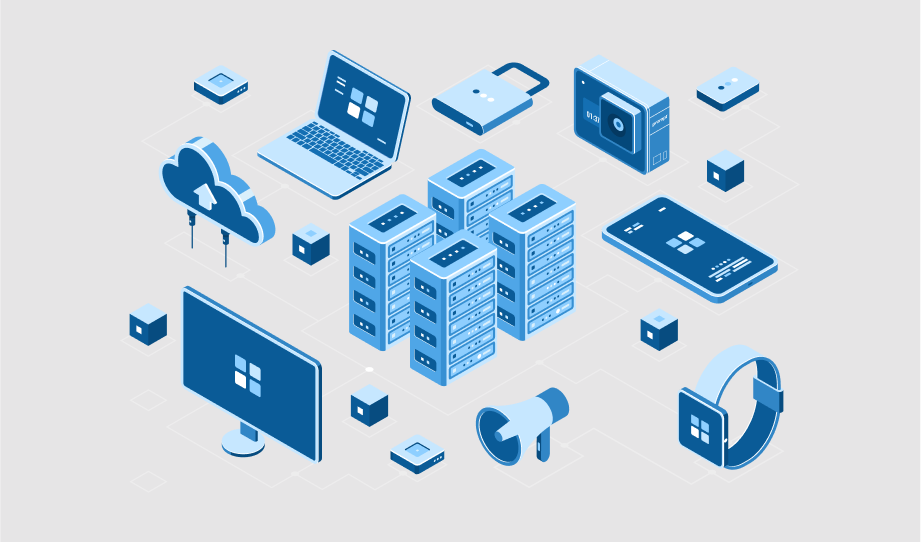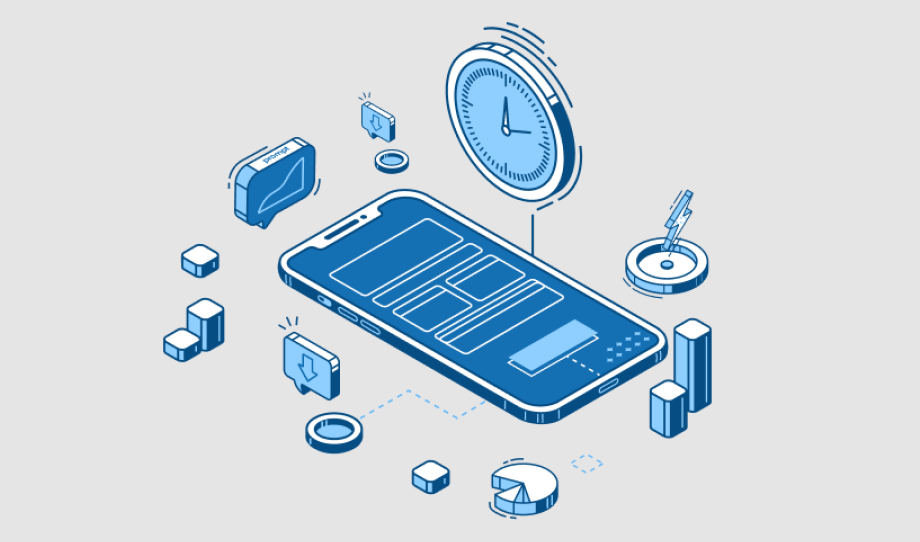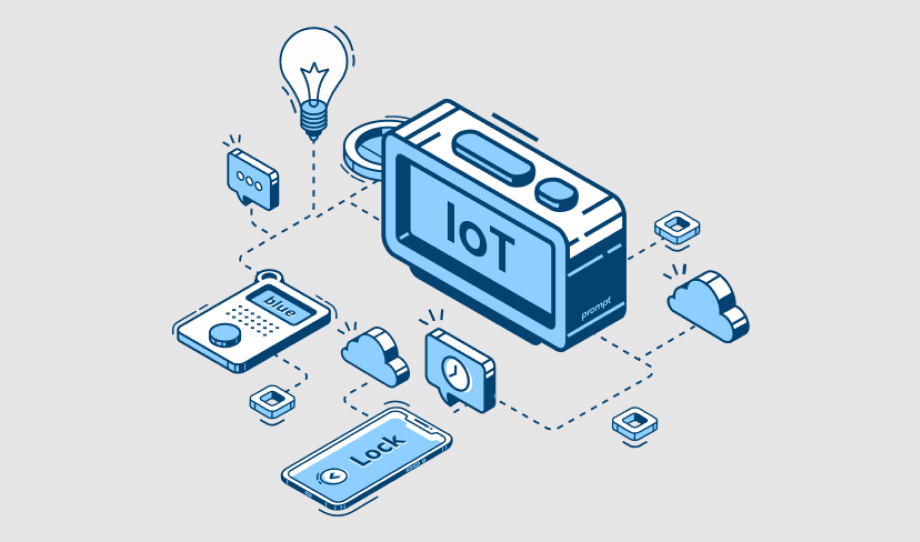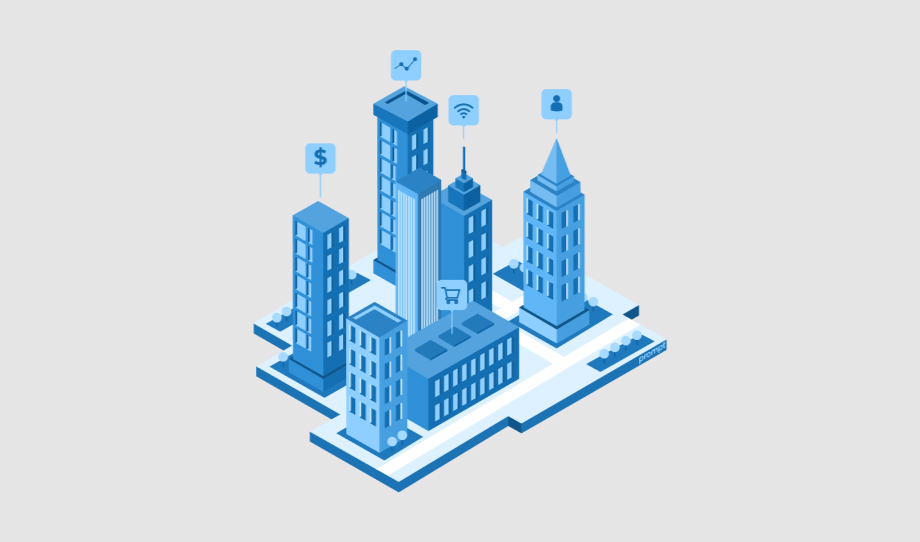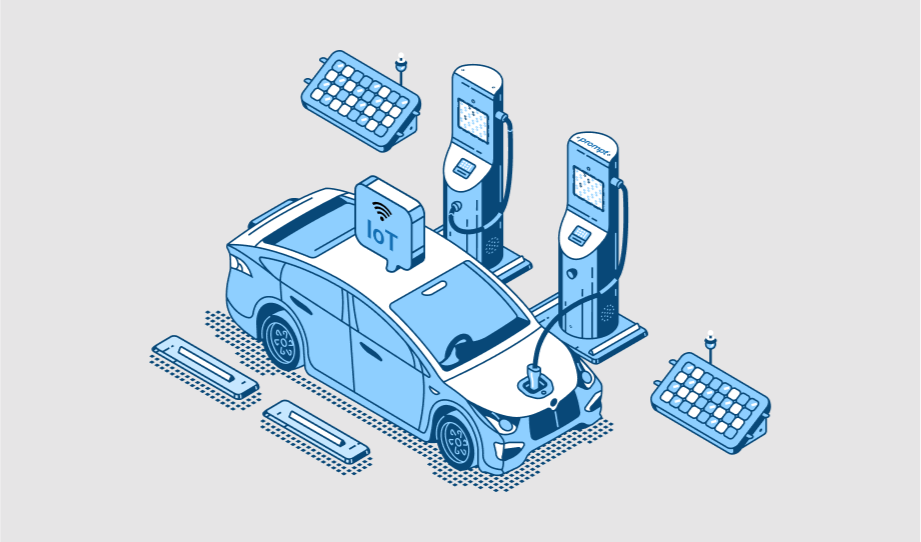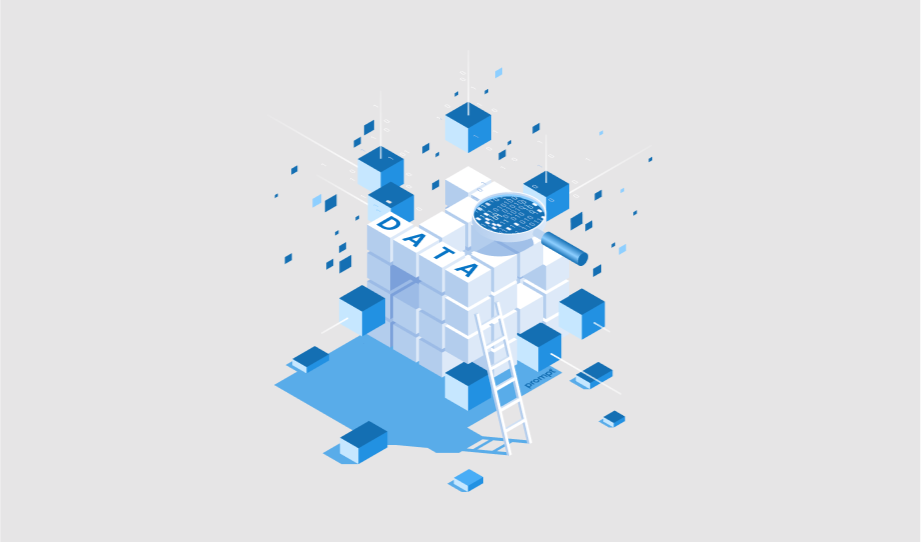Why do We Need Enterprise IoT Solutions for Digital Transformation?
We all are well aware of the changes brought by digital transformation, or we can say…
How IoT Boosts the Micro Mobility Market?
The Internet of Things is no new thing in the tech market. Just look around, and…
Energy Harvesting and IIoT: Sustainability for the Industrial IoT
The world is encountering tremendous economic and ecological changes along with challenges. The futuristic technologies are…
Which Solution is Best for Your Connected Device – Edge or Cloud Computing?
If you have adopted IoT and are developing an IoT-connected device, you may wish to do…
What are Skills and Apps Needed for IoT Mobile App Development?
Nowadays, it is quite apparent that most of the Internet of Things that is IoT solutions…
How will IoT Build a Bright World with Connected Devices?
Internet of Things is now no new word for the tech world. Studies show that the…
How will IoT Make Building Smart and Greener?
Smart building technology is becoming a new fashion, fuelled by a global need for better sustainability,…
Role of IoT in Electric Vehicle Monitoring & Management
Today we are witnessing the temperature rise, and one of the major reasons behind this is…
How is Data Science for IoT Changing Business Outlook?
The Internet of Things has been noticed as a shape-changing technology that has changed the shape…




